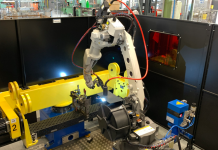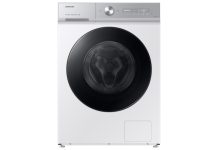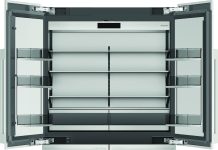STMicroelectronics is introducing the ST Edge AI Suite: it is an integrated set of software tools free-to-use with ST hardware and enables customers to jumpstart the design and deployment of connected, autonomous things embedding artificial intelligence locally. As highlighted by STMicroelectronics, the suite will simplify the development of AI solutions exploiting company’s broad range of hardware (general-purpose and automotive microcontrollers and microprocessors, smart sensors) and related tools for embedded AI optimizations. It will expand and integrate the multiple software tools, evaluation, and development kits introduced over the past 10 years, while leveraging the existing AI ecosystem of Machine Learning frameworks and key partners (such as Nvidia and AWS). “We are moving towards a world with tens of billions of connected, autonomous things bringing value and convenience to their users throughout all aspects of consumer life and enterprise productivity. To achieve this, AI algorithms will need to be run both in the cloud and on-device, at the edge across a broad range of devices: smartphones and connected personal devices, smart home and building control systems, industrial machines, cars and many more – said Jean-Marc Chery, President and CEO of STMicroelectronics –. ST products are already at the core of all those devices, but it is their combination with the industry-leading, free software suite we are announcing that will make the difference. This combination will enable the transition to a more intelligent edge, empowering customers of any size to deploy Edge AI more easily and build their vision of this connected future leveraging ST’s hardware portfolio”. The first release of the ST Edge AI suite will be available in the first half of 2024.
Performance improvement in the washing machines
STMicroelectronics has shown an example of Edge AI adoption in the washing machine segment. “A major home appliance maker – the company explains – is currently adopting this solution and we should see their product on the market next year. The first machine learning algorithm is creating a virtual sensor approach, estimating the weight of the clothes to be washed based on the motor current measurement. Another machine learning algorithm is collecting data from a 6-axis motion sensor to enable drum collision avoidance by calculating if the drum will touch the outer shell of the washing machine. Based on the algorithm input, a program drives the motor using exactly the current needed and adjusts the water and detergent used to save between 15 and 40% energy and water for a washing cycle. Both algorithms have been developed with NanoEdge AI and are running on an STM32G0 MCU together with an ST 6-axis motion sensor”.




